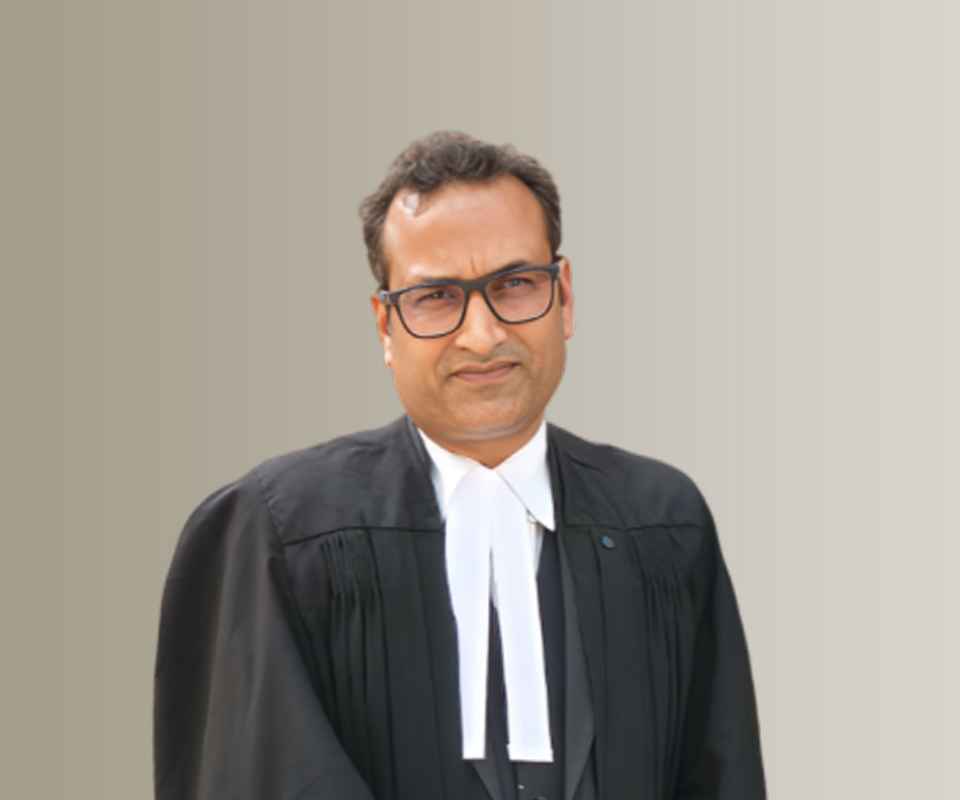Answer By law4u team
Indian courts are entrusted with the responsibility of protecting the rights and welfare of children, especially in sensitive matters like custody. While most child custody cases begin with a petition from one of the parents, Indian courts also possess the power to take suo moto (on their own motion) action when the welfare of a child is at stake. This rare but important power allows courts to intervene without waiting for a formal request if they receive information or observe situations that may endanger a child's well-being.
When Can Courts Take Suo Moto Action in Custody Matters?
Cases Involving Abandonment or Neglect
If a child is found abandoned, neglected, or living in unsafe conditions, courts can initiate custody proceedings to ensure the child’s safety and placement in a proper environment.
Violation of a Previous Custody Order
If a parent disobeys an existing custody or visitation order, and this puts the child at risk, the court may take suo moto notice to review or revise the custody arrangement.
Public Interest Litigation (PIL) or Media Reports
Sometimes, alarming cases involving children come to light through media reports, public complaints, or PILs, prompting the court to intervene even without a formal petition.
During Ongoing Legal Proceedings
In a divorce or guardianship case, if the court suspects that the child’s welfare is being compromised, it can independently decide to pass interim or protective custody orders.
Cases of Abuse or Exploitation
If the court becomes aware—through any means—of a child being subjected to abuse, trafficking, or exploitation, it can take immediate custody-related action to protect the child.
Legal Basis for Suo Moto Custody Action
Article 226 of the Indian Constitution
High Courts can issue writs in the interest of fundamental rights, including habeas corpus in child custody disputes.
Parens Patriae Doctrine
Indian courts act as the guardian of those who cannot protect themselves, especially minor children, allowing them to intervene proactively.
Section 17 & 19 of the Guardians and Wards Act, 1890
These sections authorize the court to consider the best interests of the child as a guiding principle, even if no parent files a petition.
Supreme Court's Inherent Powers under Article 142
The Supreme Court can pass any order necessary to do complete justice, including suo moto custody orders.
Why Suo Moto Action Matters
- Prevents Delays in urgent custody interventions.
- Protects children when both parents are negligent or absent.
- Closes legal gaps where formal petitions may not be filed due to social or financial reasons.
- Upholds the child’s right to life, dignity, and protection.
Consumer Safety Tips and Advice for Concerned Individuals
- If you witness a child in an abusive or unsafe custody situation, report it to the child welfare committee or local court.
- Media personnel and social workers should report custody violations responsibly and ethically.
- Courts generally prefer resolving matters with parental involvement but will intervene when the child’s safety is threatened.
- Always document any observed neglect or harm before approaching authorities or courts.
Example
A child is seen living on the streets after being abandoned by both parents involved in a prolonged custody battle. A local NGO brings this situation to light through a newspaper article. The High Court, after noticing the report, takes suo moto cognizance and orders the child to be placed in a shelter home. Simultaneously, it summons both parents and initiates custody proceedings.
Court’s Likely Action:
The court exercises its parens patriae powers, issues temporary protective custody, and instructs child welfare officials to conduct a home study. Based on the final report, the court either assigns custody to the more responsible parent or appoints a legal guardian while continuing to monitor the child’s welfare.







